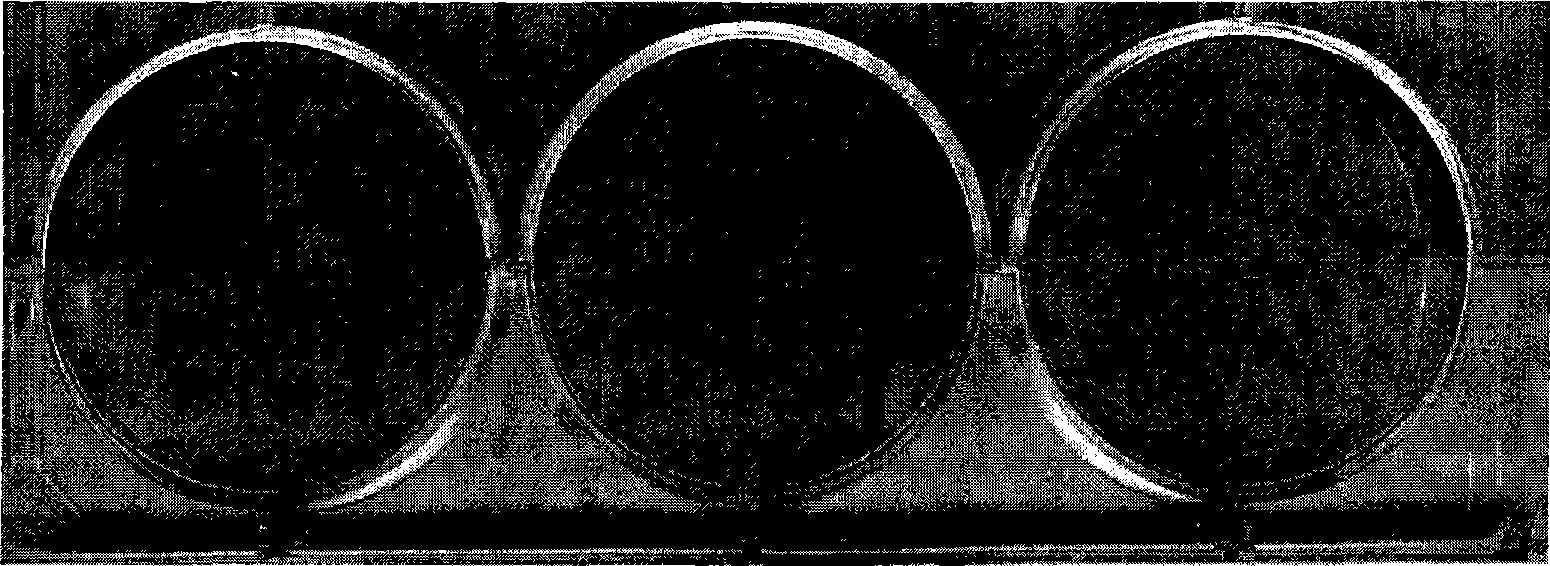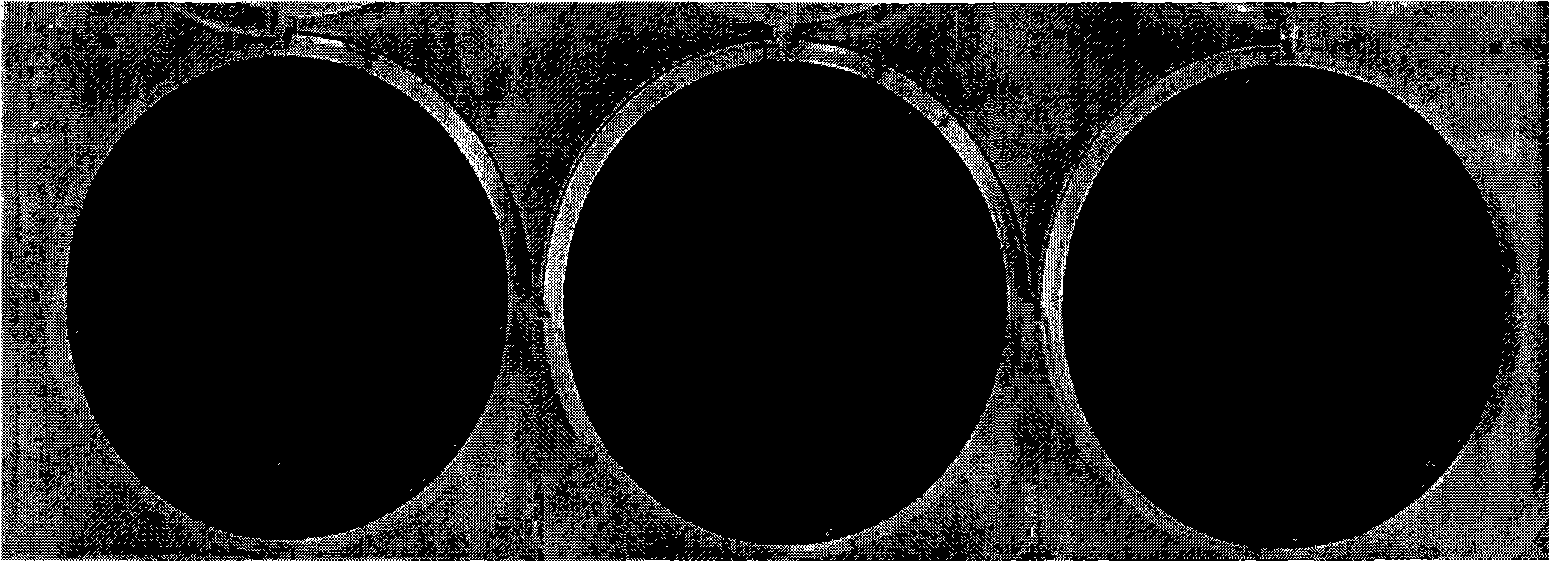Method for detecting titre of live viruses
A virus titer and virus technology, which is applied to measurement devices, material analysis, instruments and other directions by observing the impact on chemical indicators, can solve the problems of increasing virus titers, long detection time, and large differences in measured results. , to achieve the effect of shortening the culture time, fast detection speed, and low detection cost
- Summary
- Abstract
- Description
- Claims
- Application Information
AI Technical Summary
Problems solved by technology
Method used
Image
Examples
Embodiment 1
[0032] Embodiment 1 Adopt the method of the present invention to measure the titer of varicella-zoster virus
[0033] (1) Cell culture
[0034] Diploid cells (MRC-5, 2BS or WI-38 cells) were inoculated into 6-well cell culture plates at a seeding ratio of 1:2, at 37°C in 5% CO 2 The incubator cultured to a monolayer of cells.
[0035] (2) Virus infection and culture
[0036] Dilute the varicella-zoster virus to be detected (purchased from ATCC) with diluent (1xPBS, containing 5% sucrose, 1% sodium glutamate and 10% calf serum) at 1:100, take 0.1ml for infection Discard the cells in the 6-well plate of the culture medium, shake gently, and place at 37°C with 5% CO 2Incubate in an incubator for 40 minutes, shake well 1-2 times during the period, add virus maintenance solution, 3ml / well, and place the cell plate at 37°C, 5% CO 2 Incubator for 3 days.
[0037] (3) Culture fixation
[0038] The virus maintenance solution in the 6-well plate was discarded, and the culture was ...
Embodiment 2
[0050] Embodiment 2 Adopt the method of the present invention to measure the titer of rabies virus
[0051] (1) Cell culture
[0052] KMB17 cells were inoculated into 96-well cell culture plates at a seeding ratio of 1:2, at 37°C and 5% CO 2 The incubator cultured to a monolayer of cells.
[0053] (2) Virus infection and culture
[0054] After the rabies virus to be detected (quoted from Kansas State University) was serially diluted 10 times with the virus maintenance solution, the microplate cells were infected and the culture solution was discarded. Each dilution infected 6 wells, 0.1ml per well, and shook well. Afterwards, place at 37 °C 5% CO 2 Incubator for 1 day.
[0055] (3) Culture fixation
[0056] Discard the virus maintenance solution in the 96-well plate, inactivate the fixed culture with 0.1% formaldehyde and 0.1% glutaraldehyde solution, 0.1ml / well, inactivate and fix at 33°C for 26 hours.
[0057] (4) Treatment of fixed cells with hydrogen peroxide
[005...
PUM
 Login to View More
Login to View More Abstract
Description
Claims
Application Information
 Login to View More
Login to View More - R&D
- Intellectual Property
- Life Sciences
- Materials
- Tech Scout
- Unparalleled Data Quality
- Higher Quality Content
- 60% Fewer Hallucinations
Browse by: Latest US Patents, China's latest patents, Technical Efficacy Thesaurus, Application Domain, Technology Topic, Popular Technical Reports.
© 2025 PatSnap. All rights reserved.Legal|Privacy policy|Modern Slavery Act Transparency Statement|Sitemap|About US| Contact US: help@patsnap.com


